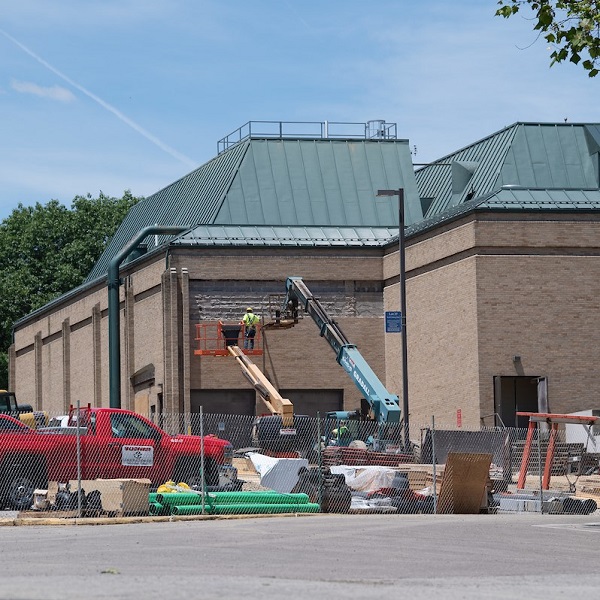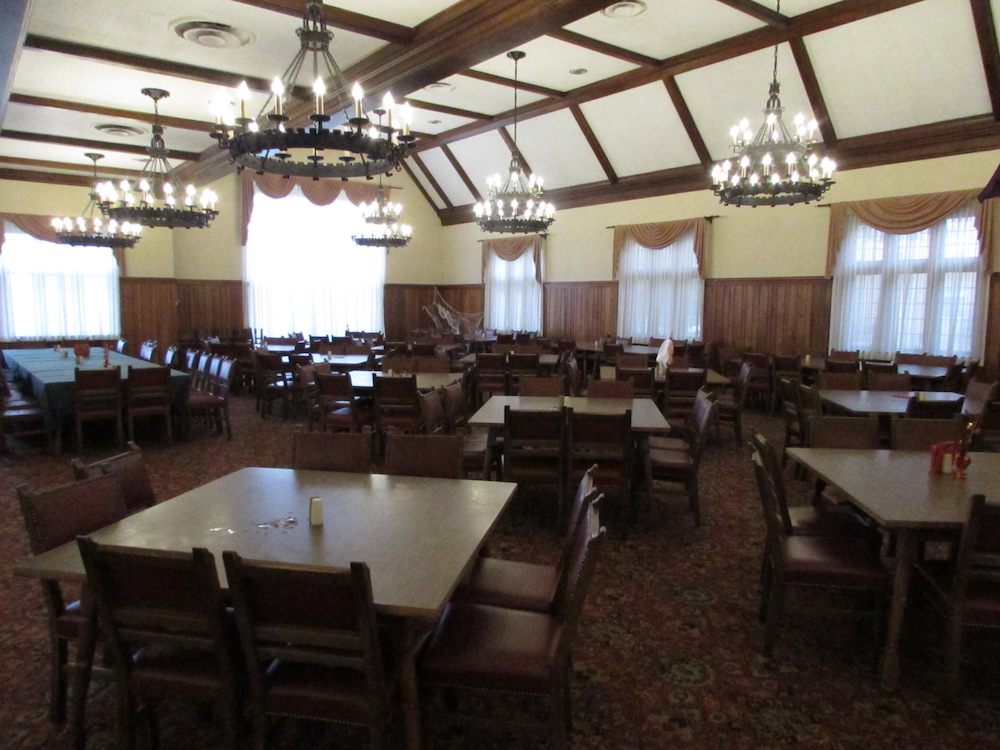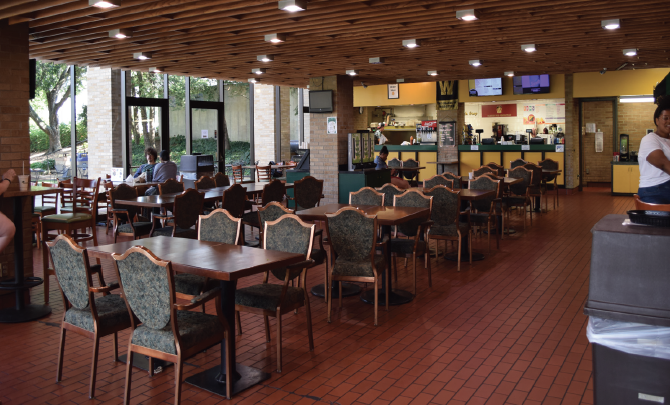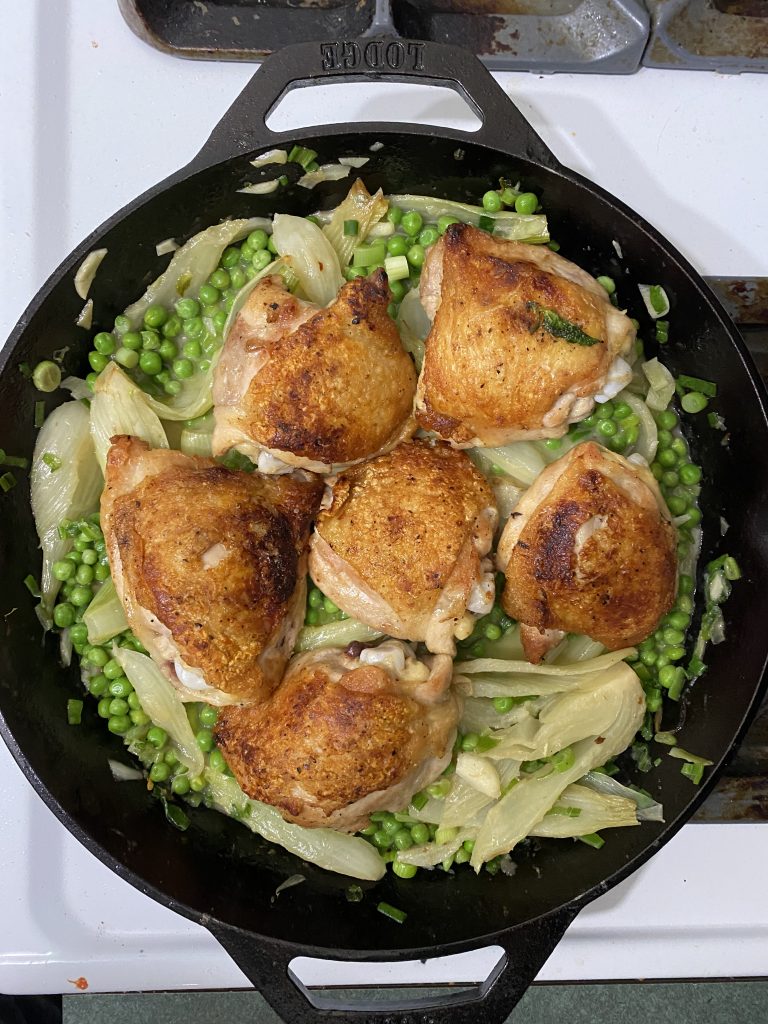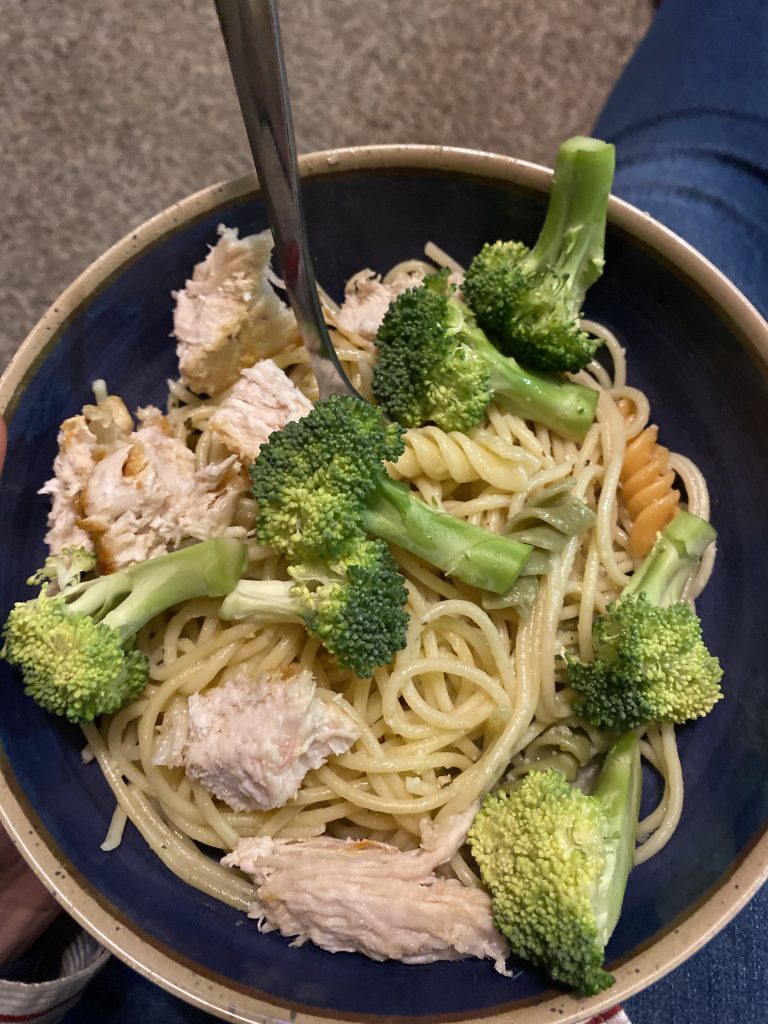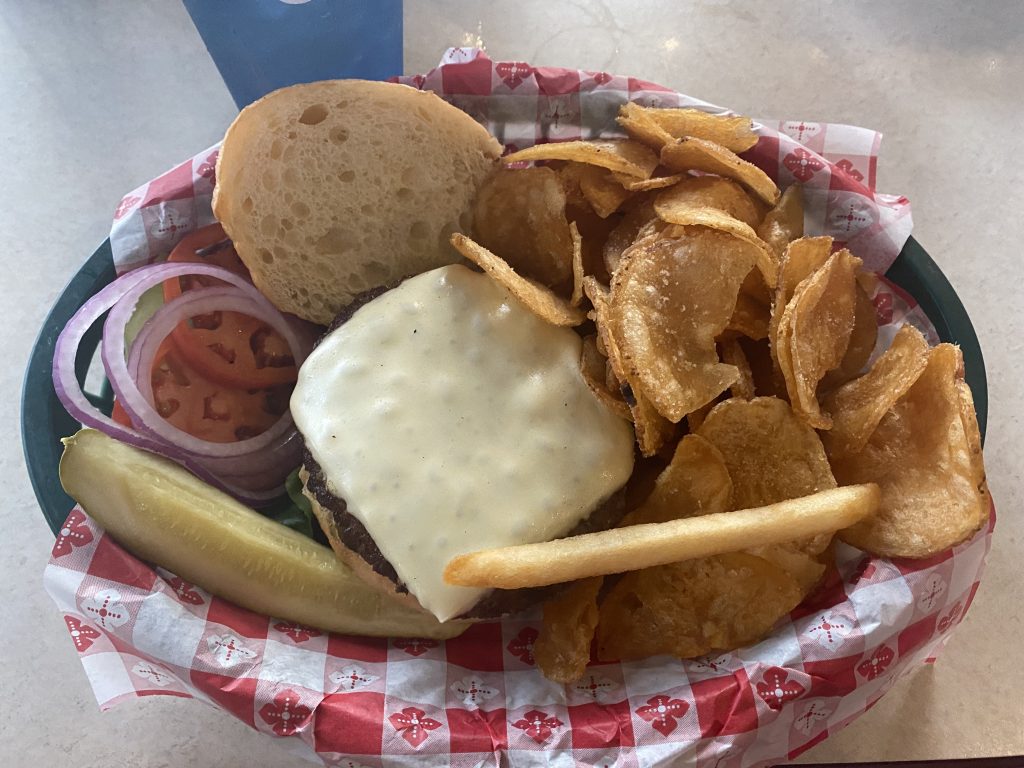Although the nature of African cuisine is so wonderfully varied, from the use of certain spices to the ways food is eaten, even in the significance of certain meals at specific gatherings… there is one food that has consistently “shown face” around the continent:
This food, pictured above, is integral to many Zimbabwean dishes. It is a mixture of upfu (mealie meal) and water. That’s all. But it does wonders for not only a meal, but the soul. The trick to making good sadza is the technique. You need to achieve the perfect ratio of mealie meal to water – too little water, you’ve made mbodza. This is a very lumpy, unpleasantly textured mistake. But too much water, and you’ve made the stickiest, gooiest glob ever. So, it’s all about ratios. You need to be able to knead the mixture well, especially when it begins boiling. Reader beware, when it starts bubbling, don’t run. Because then it becomes this wild mass of extremely hot liquid that WILL burn you. Either way really, you get burned. No matter how experienced the cook may be.
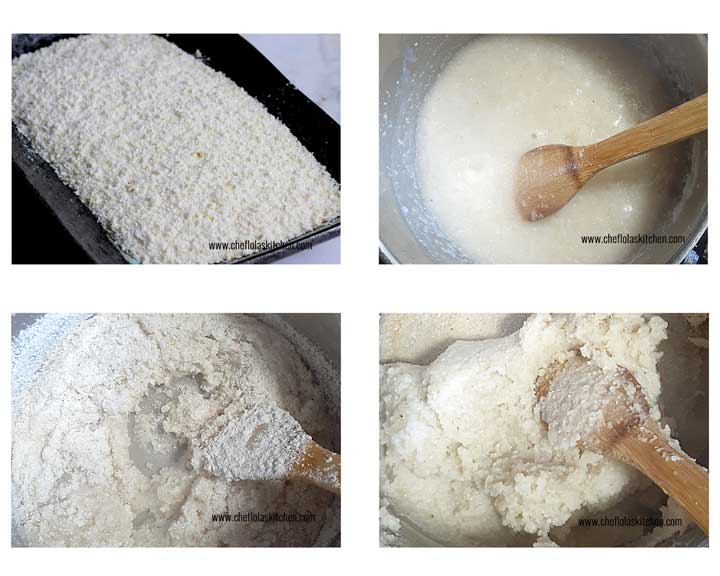
In other countires, sadza is viewed similarly – it is central to many dishes, but on its own it is very bland. In reality, sadza has no distinct taste. It merely exists as accompaniment to relish. But once it is combined with the likes of beef, matemba (kapenta), spinach, or tsunga (mustard greens) … it’s the best thing you can ever imagine. So, around the continent it appears as the same food in different names; ugali (Kenya), pap (South Africa, parts of Botswana and Nigeria), nshima (Zambia)… it’s all one in the same. Some people I have met do say there are slight variations in recipes. At times one may add butter, or a certain spice.




